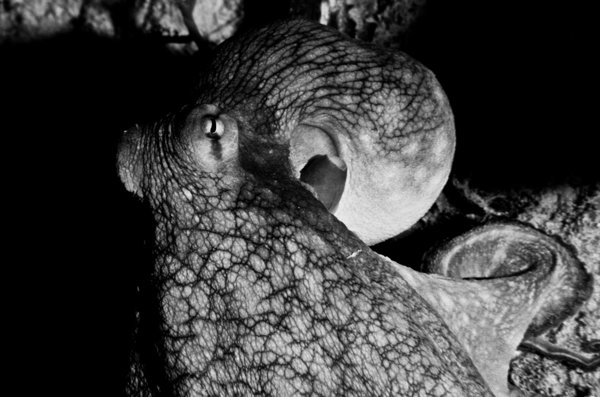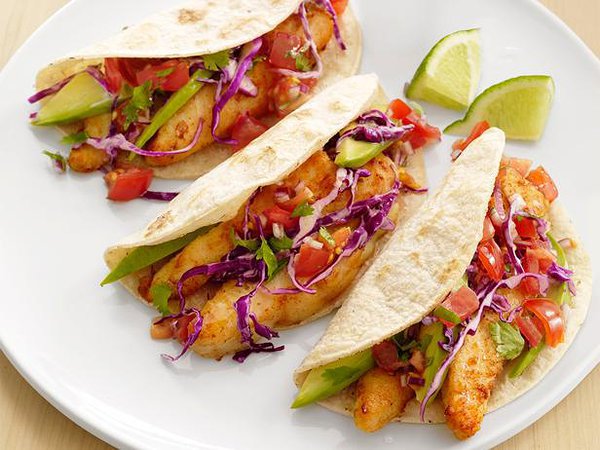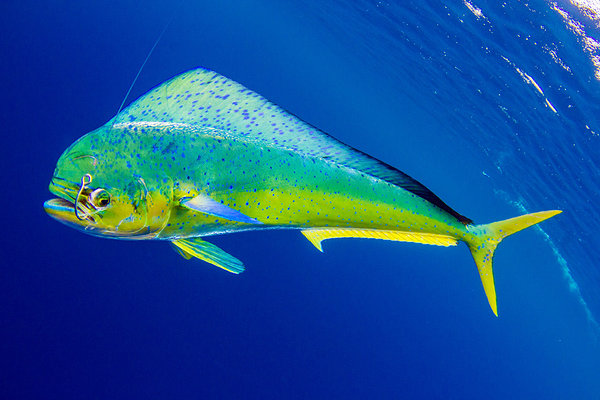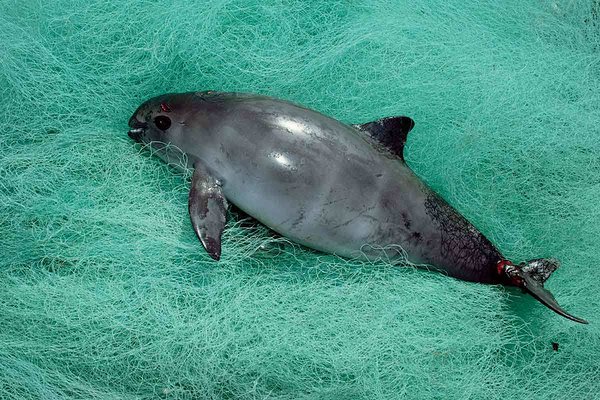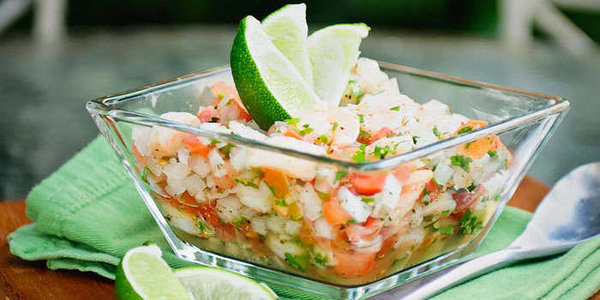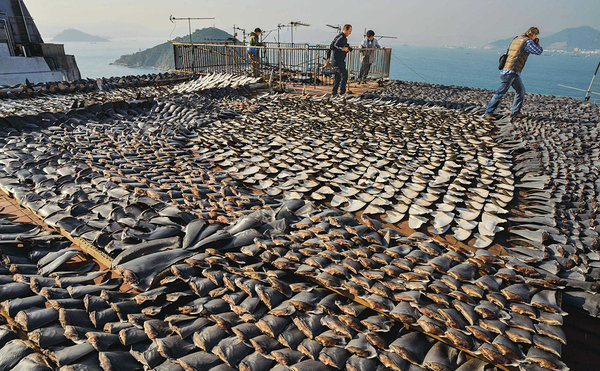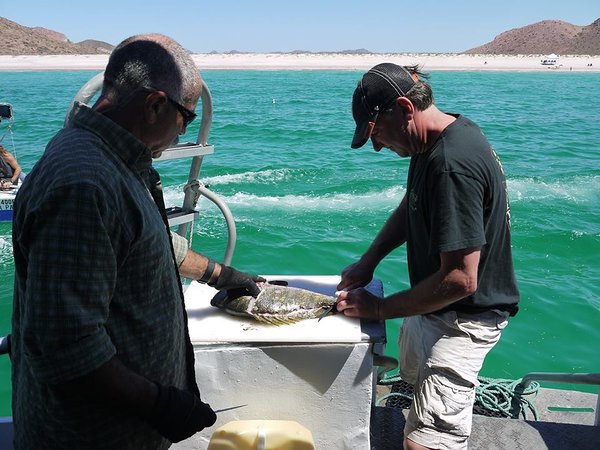Food for thought
When it comes to provisioning a trip there are many things that go into my thought process: allergies, dietary preferences and requirements (vegan/ vegetarian/ pescatarian/ gluten free, how spicy people like their food etc…) healthy, plentiful, sustainable and environmentally friendly. When I design my menus for our charters all these things cross my mind and more recently I have been focusing on the sustainability aspect and making sure the food we eat is locally sourced and preferably low in waste packaging. This can be sometimes be quite a challenge in a country that like double bag at the supermarket!
Fish and seafood is specialty in La Paz, we are a coastal city with a rich fishing heritage, and therefore it is something that many of us want to try and taste whilst we are here whether living or on vacation. To come to La Paz and not try fresh ceviche, chocolatas or fish tacos, is, to many, a travesty!
The term fish covers about 20,000 different species, whose status of sustainability varies tremendously. Marine conservationists estimate that 9/10 or 90% of large fish species on the planet are gone i.e. big groupers, snappers and sharks. Poor fishing practices and management along with other threats to the ocean have depleted their stocks along with our growing population and demand. As consumers our choices are important – not eating fish is not necessarily the answer as this could damage the economy of local communities, but choosing sustainable species and responsible practices can help. I try to bear this in mind when I make my purchases for our trips, there are some things you will and won’t see on my menu for a variety of reasons: some are environmental, some are personal but I believe in providing good quality, wholesome food.
Octopus: Although many of the octopus or pulpo served in Baja are caught via spearfishing and freediving it is something that I won’t serve. They are one of my favourite creatures to see underwater and are highly intelligent, sentient beings who I can’t bring myself to cook. See my earlier blog post for information about octopus.
Grouper: There are 38 different species of grouper in the Sea of Cortez and more if you include the Pacific side of the peninsula. They are usually a medium to very large sized fish and are prized as food due to their firm white flesh and good flavour. However many species are vulnerable to overfishing because they group spawn in the same place and at the same time every year thus making them easy to catch. Often it is the big males and females that are taken and the removal of these individuals limits reproductive success. Some smaller species e.g. the leopard grouper (often called cabrilla in restaurants) are doing better than most species but are still declining. Generally it is a fish to avoid buying.
Snapper: This is another large group of fish, here in Mexico it is called Pargo. The large dog snapper is becoming scarce due to its size and therefore desirability so it is one to avoid. Yellow and Red snapper are still abundant, they are found in deeper water, often over sandy bottoms and are usually caught with hand lines. They are a safe bet and very tasty.
Dorado: This is a fish that grows fast and lives a short life and is currently withstanding the pressure of fishing. That is lucky as it tastes great both as ceviche and cooked.
Corvinas: Members of the grunt family (I see lots of cortez grunts whilst diving, they are smaller and not really worth fishing!). Some of the bigger members of this family such as the white sea bass and gulf corvine are under heavy fishing pressure particularly in the northern Sea of Cortez. They are usually caught with gillnets which are a poor means of capturing fish as there is a lot of waste and bycatch. The largest fish in this family is the totoaba – a species which is endemic to the Sea of Cortez and is critically endangered due to overfishing. This overfishing using gillnets has led to the decline and near extinction of the Vaquita (the worlds smallest porpoise that is also endemic to the Sea of Cortez). Totoaba are in high demand in many parts of Asia for the swim bladder as it is thought to have life preserving qualities and therefore has led to a lot of poaching of this fish in the northern Gulf. There are now a few fish farms raising totoaba for commercial purposes but its sale is highly regulated. Very few restaurants in La Paz have a license to serve totoaba and it is not us – you won’t find it on our menu!
Tuna: Atun in Spanish (tuna is actually a fruit from cactus!). Smaller tunas such as skipjack are abundant, however large tuna such as bluefin and yellowfin are under pressure and stocks are depleted. If caught trolling it is much better than via longlining or purses seining. These methods have much more bycatch and waste. They are also responsible for the death of many sharks, rays and turtles which get caught in the nets or on the lines. We only serve tuna that is caught locally and responsibly.
Parrotfish: There are 5 different species found in Baja and they only reach about 2.5 ft in length. They are associated with reefs and rocks and are an important component of healthy reef life. They are a keystone species in reef survival and have started to make more of a comeback to the reefs around Isla Espiritu Santo after the targeting of illegal fishing. Not a sustainable species as the largest get taken and these are the best reproducers. There has been a big campaign in La Paz to pressure restaurants into not serving or selling them. We avoid seeing them on our plates and only look for them in the water.
Triggerfish: They have only recently been seen as a valuable fish to eat due to the decline in other species but their flesh is firm and great for ceviche. They are still abundant and have a stable population.
Sharks: Shark fishing is a tradition for many small communities in Baja however it is to be avoided. Sharks are slow growing, long lived and slow reproducing animals. Unfortunately due to increased demand for sharkfin soup on the Asian market many species have declined dramatically in recent years. Some shark species are protected here in Mexico but the method to catch tem kills without distinction. Long lining and gill netting also produce lots of bycatch killing other species too.
Depending where we go on our trips we can sometimes accommodate fishing – the best fish is that which you catch yourself in a knowingly sustainable way; however many areas we visit are protected and we are respectful of these environmental laws. I buy my fish from a local supplier who lets me know what is in season and abundant so that I can choose wisely and it also helps to support our local community and know its origins. Depending on where in the world you live different species will be sustainable, it is always best to check so that you can make informed decisions and enjoy your meal guilt free. Sustainable Seafood Guide

